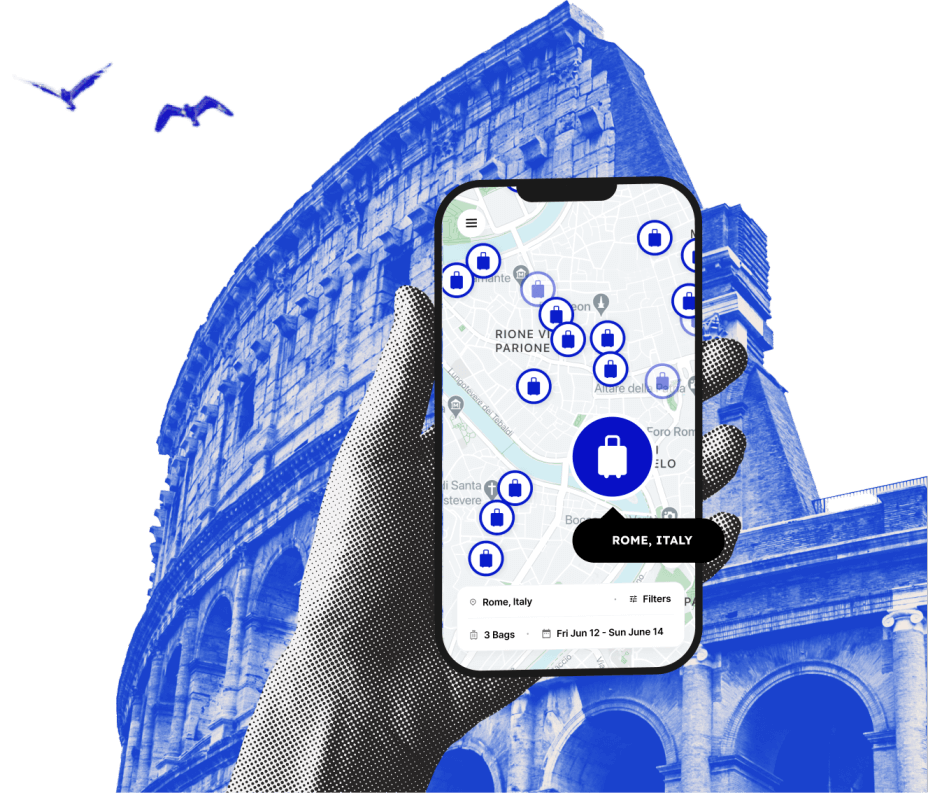9 must see parks in Palermo
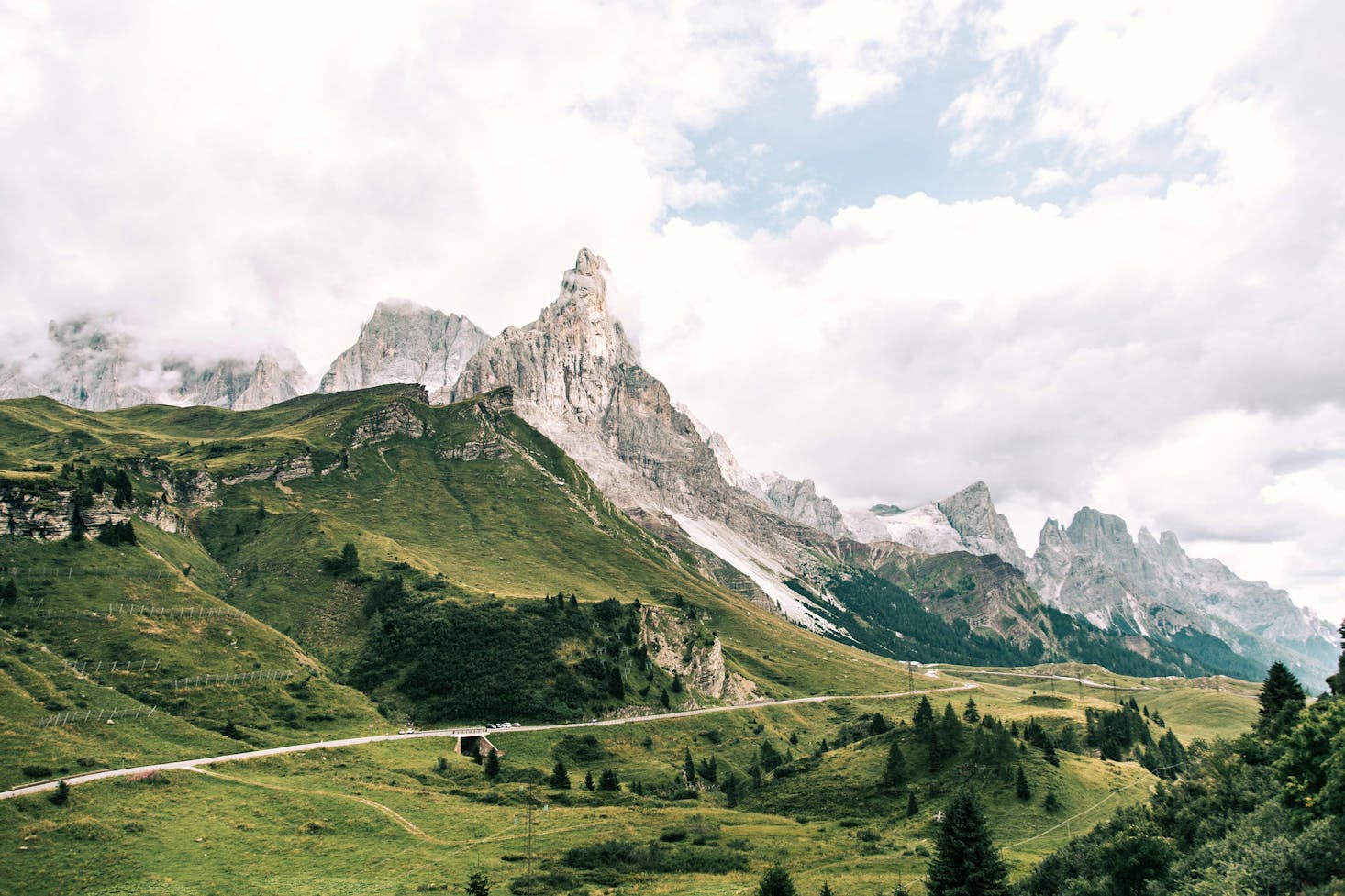
Located in southern Italy, Palermo is the capital of the country’s Sicily region as well as its cultural, tourism and economic center. Nestled on the northwest side of the island, this lovely city is known for its rich culture and history, lovely Mediterranean weather, incredible architecture — from museums to churches — and other historic landmarks and world-renowned restaurants, which is why it is one of Italy’s top destinations.
Even though most tourists come to the Sicilian city for its famous attractions and thriving gastronomic scene, the selection of lovely Palermo parks is also worth checking out during your trip. Nature lovers and outdoor enthusiasts will appreciate these lovely green spaces and their tranquility. Moreover, those looking to escape the hustle and bustle of city life can simply come to these parks and gardens without leaving the city limits.
If you happen to chance upon one of these Palermo parks while exploring but feel you can’t go for a walk due to carrying shopping bags or other items, take advantage of Palermo luggage storage and stow your stuff for a few hours. With our easy-to-use service, you can store your bags safely in Palermo and stroll in the city’s top parks without hassle or inconvenience.

Love discounts and traveling?
Sign up for our newsletter and get 10% off your next booking.
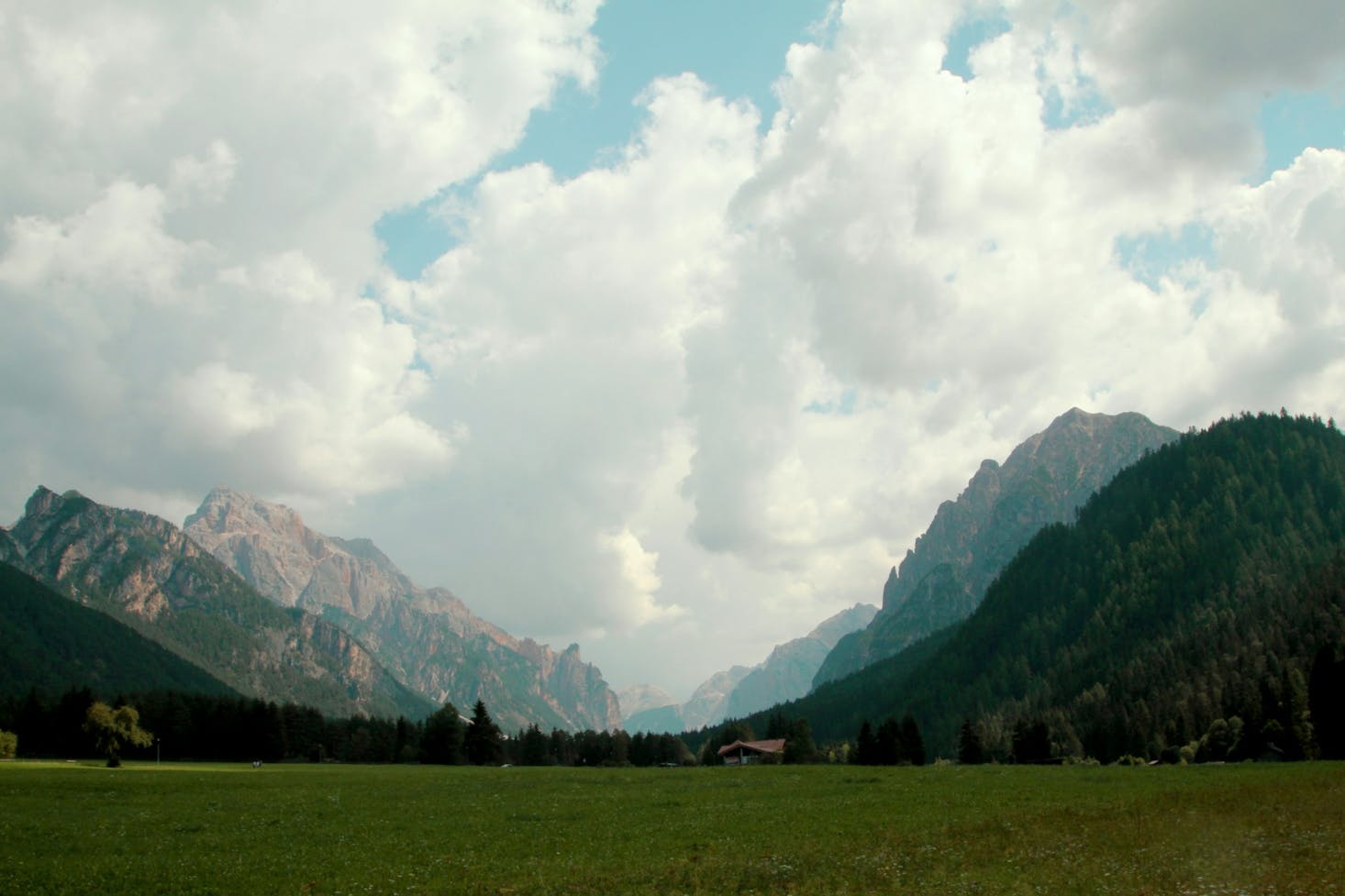
Giardino Garibaldi
Situated right in the heart of the famous Piazza Marina, the Giardino Garibaldi (Garibaldi Gardens) is a lovely green space designed and built by Italian architect Giovan Battista Filippo Basile in 1863. This lovely oasis within Palermo’s most peaceful square was named after Giuseppe Garibaldi, a general who is considered a national hero because of the major role that he played in the unification of Italy.
The Giardino Garibaldi occupies an expansive area of the piazza, and visitors can find an array of sculptural pieces across the park, including one of Garibaldi as well as other prominent Italian figures. The park also features multiple paths, a pond with a fountain and various types of fish, a public playground area and a children’s library, making the garden a nice place for families to relax and spend time together.
Another highlight of the Giardino Garibaldi is its collection of exotic plants, including a 150-year-old Ficus Benjamin, which is the oldest tree in the city, and a 30-meter tall Ficus macrophylla, which is regarded as the biggest tree in Europe. If you visit the park on a Sunday, don’t forget to stop by the lively flea market held weekly, where you can find a wide range of goods being sold.
Villa Giulia
Often considered one of the most beautiful gardens in all of Italy and among the most popular parks in Palermo, the Villa Giulia (also known as Villa del Popolo) was built in 1778 and is located along Lincoln Street, overlooking the Foro Italico. Named after Princess Giulia Gevara, the wife of the Spanish viceroy Marcantonio Colonna, it is the first public park in Palermo and one of the most beautiful green spaces the city has to offer. Nicolo Palma originally designed it, featuring a neoclassical style with geometric patterns and lines reminiscent of most Italian gardens.
Sitting not too far from the coast, Villa Giulia provides visitors with a lovely view while walking along the various paths in the area. The park is adorned with other structures, such as bridges, hills, and artificial lakes. However, the main highlight of the park is the circular fountain found right at the heart of Villa Guilia. It features a dodecahedron-shaped clock adorned by 12 sundials created by renowned local mathematician Lorenzo Federici.
Also found in the center of the fountain is the Genio di Palermo, also designed by Marabitti, which depicts an old man with a dog and snake on his side; he is believed to be the defender of Palermo in ancient times and the monument serves as a symbol of the city. Surrounding the fountain are eight other statues and four exedras built to be used for musical performances.
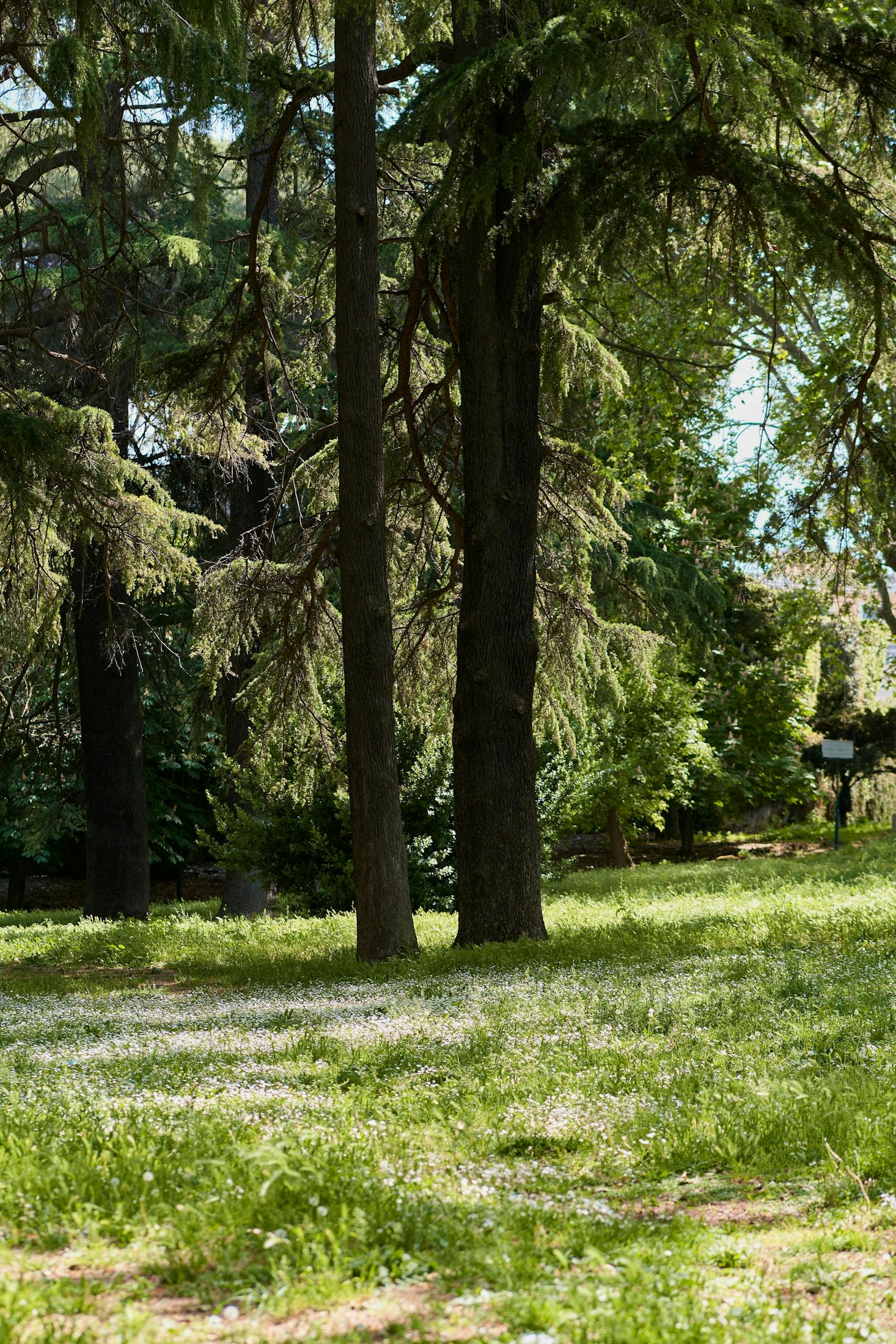
Orto Botanico di Palermo (Palermo Botanical Garden)
Located near Villa Guilia is another lovely green space in the middle of the city — the Orto Botanico di Palermo, otherwise known simply as the Botanical Garden. Commonly regarded as one of the most impressive botanical gardens in the world, Orto Botanico was laid during the late 18th century and has become world-famous among botanists because of its rich and extensive variety of plant and flower species, including papaya, coffee plants, bamboo, cotton, palm trees and cacti.
Nestled along Lincoln Street, the garden is not only a city attraction but also a research institution for the University of Palermo’s botany department and is among the oldest centers for botanical studies in the region. Orto Botanico houses nearly 10,000 different species of plants divided into sections. A particularly famous part of the garden is the Aquarium, which features concentric basins that host different aquatic plants and a few marine animals.
Parco Della Favorita
Established in the late 18th century, Parco della Favorita (La Favorita Park) is a public park that spans over 990 acres. It is the biggest green area in Palermo and a famous urban oasis. The massive park is nestled at the foot of Monte Pellegrino and extends to the Pallavicino neighborhood, connecting the city center to the seaside Mondello borough.
Parco della Favorita was established by Ferdinand III of the Bourbon in 1798 after he escaped Naples. It was originally intended to serve as a royal hunting estate and a dedicated area for agricultural experiments. Today, the park is a favorite destination among locals and tourists as it is a great place to walk. The space features many walking paths lined with trees, picnic areas and installations such as statues and fountains. Other points of interest within the park include the Chinese House built for Ferdinand III, the Villa Niscemi, the Renzo Barbera Stadium and the Fountain of Hercules.
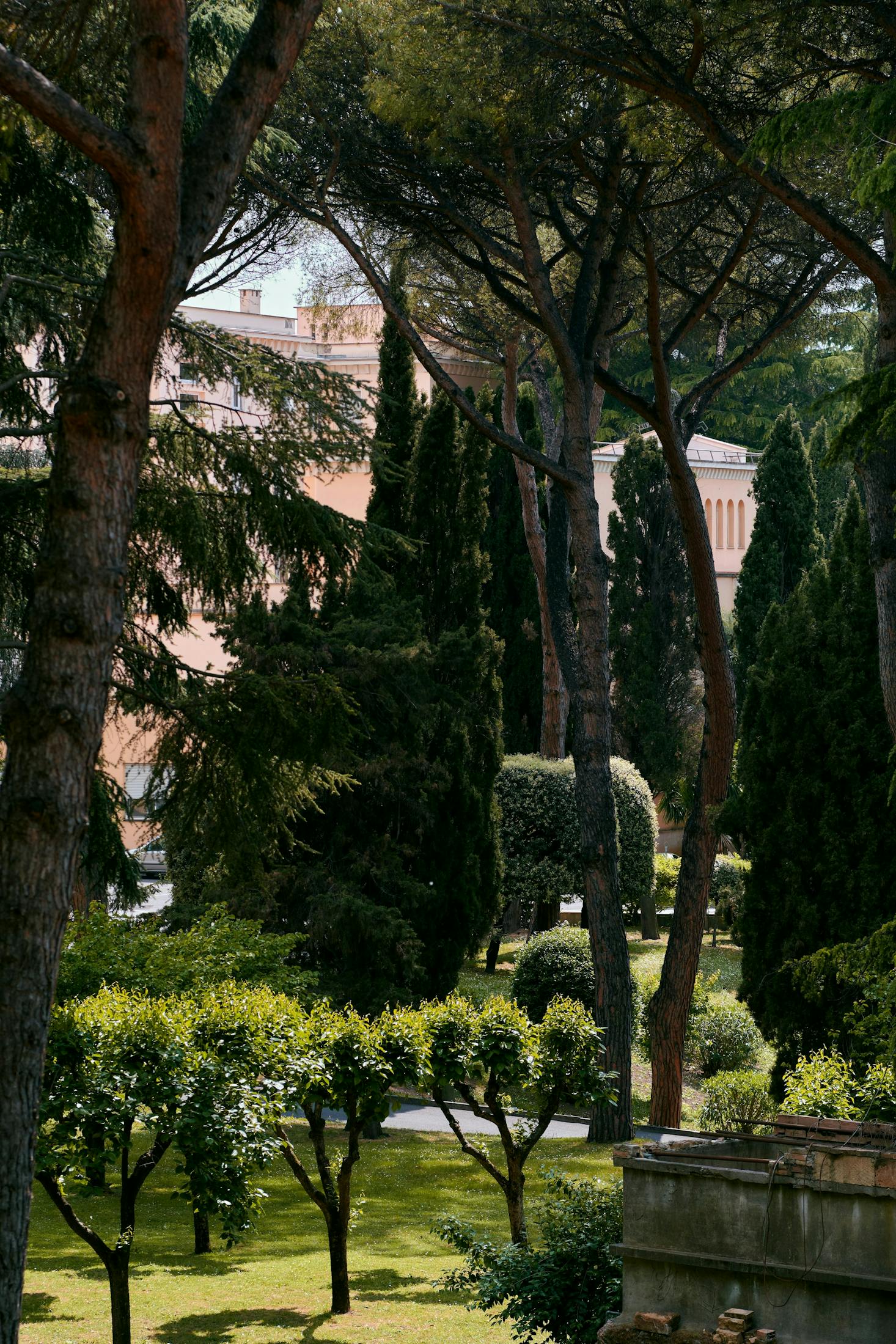
Villa Bonanno
In the historic center of Palermo, next door to the Cathedral and Porta Nuova, is Villa Bonanno, one of the most beautiful Palermo parks and an ideal place to escape from the hustle and bustle of the metropolis. Built in 1905, the garden was named after Pietro Bonanno, who was the city's mayor during its construction. The public park is characterized by its abundance of palm trees, Art Nouveau architecture and numerous interesting pieces scattered across the park.
Some points of interest here include a marble bust of Bonanno, a monument built by Nunzio Morello dedicated to Philip IV and a monument to Gaetano Bucceri. There are also two Roman patrician villas, dating back to the 1st century AD, that houses some stunning mosaics worth checking out. The best part is that the entrance to Villa Bonanno is free of charge; you can take your time exploring the grounds and enjoying the fresh air.
Piazza Magione
Found in the heart of Palermo’s historic center, Piazza Magione is an ancient square in the Kalsa district and home to one of the city’s loveliest gardens. The piazza was named after the Basilica La Magione, which is located southeast of the square and is home to some lovely architecture, including the Teatro Garibaldi and the Collegio di Santa Maria della Sapienza.
The Piazza Magione was heavily damaged due to bombings during the Second World War. It was then used as a car park for several years. In the 1990s, however, major renovations were made to the square, and a soccer field was added along with a meadow filled with pathways for pedestrians. Receiving continuous development in recent years, the square has become a center for activity and nightlife in Palermo. The park’s play area is a popular hit among children and outdoor activities, such as concerts and film viewings, are held here in the summer.
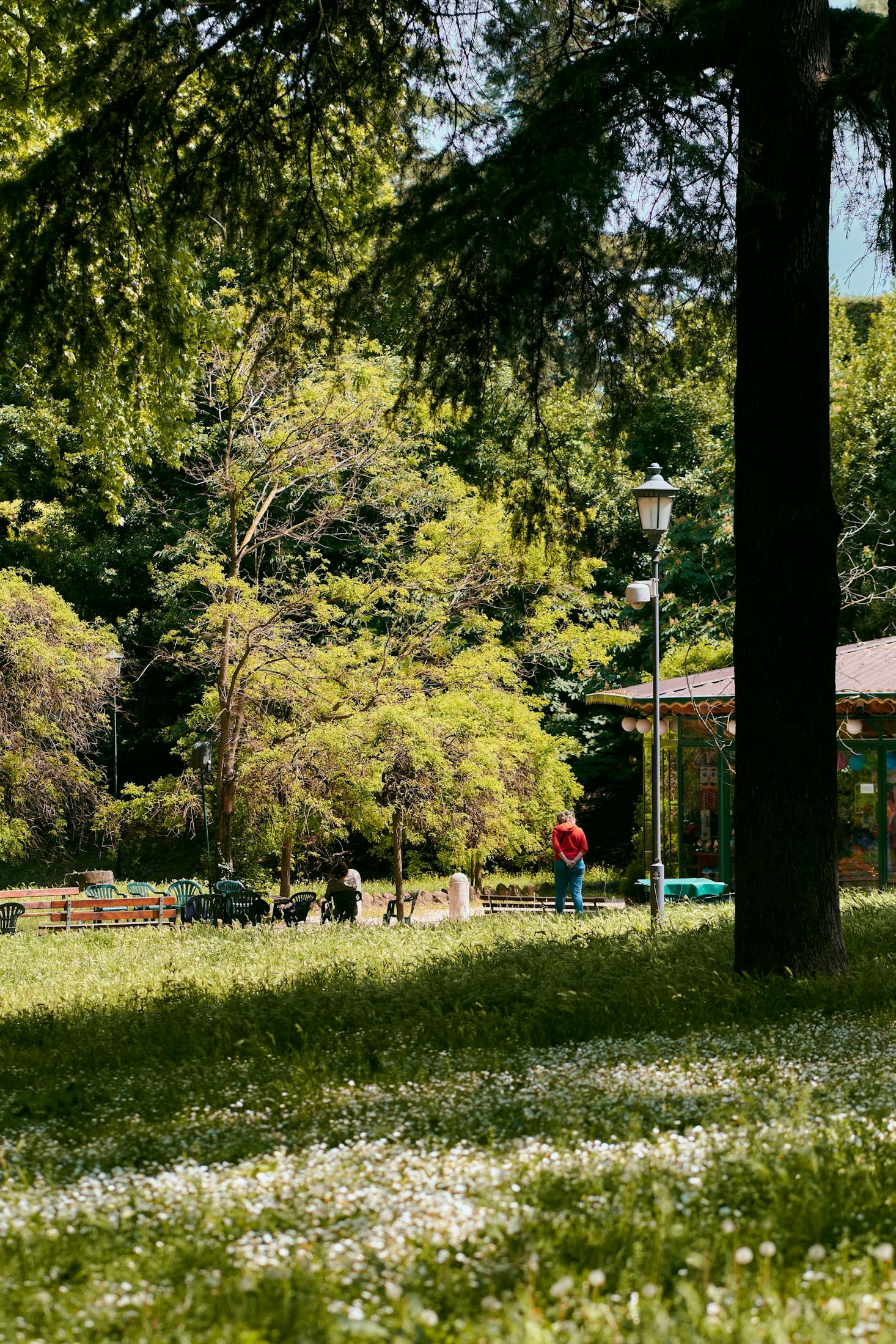
Giardino Inglese (English Garden)
Piersanti Mattarella Park, also known as Giardino Inglese or English Garden, is an urban oasis in the heart of Palermo. Designed by prominent architect Giovan Battista Filippo Basile in 1851, the park was meant to steer away from Italian-style gardens that feature geometric shapes. Instead, the space was intended to follow the natural and irregular shapes of the ground, reminiscent of English-style gardens, hence its name.
Considered Palermo’s “green lung,” the English Garden is home to an extensive range of exotic plants from all over the world picked by botanist Vincenzo Tineo. Apart from the amazing array of plants, the park also features other points of interest such as greenhouses, an Arab temple, ponds, fountains and busts and sculptures of notable Sicilian personalities. There is also a statue of the famous Italian general Giuseppe Garibaldi within the grounds. Because of its serene and laidback atmosphere, the English garden has become one of the most popular spots where locals take a leisurely walk on weekends or relax during their lunch breaks.
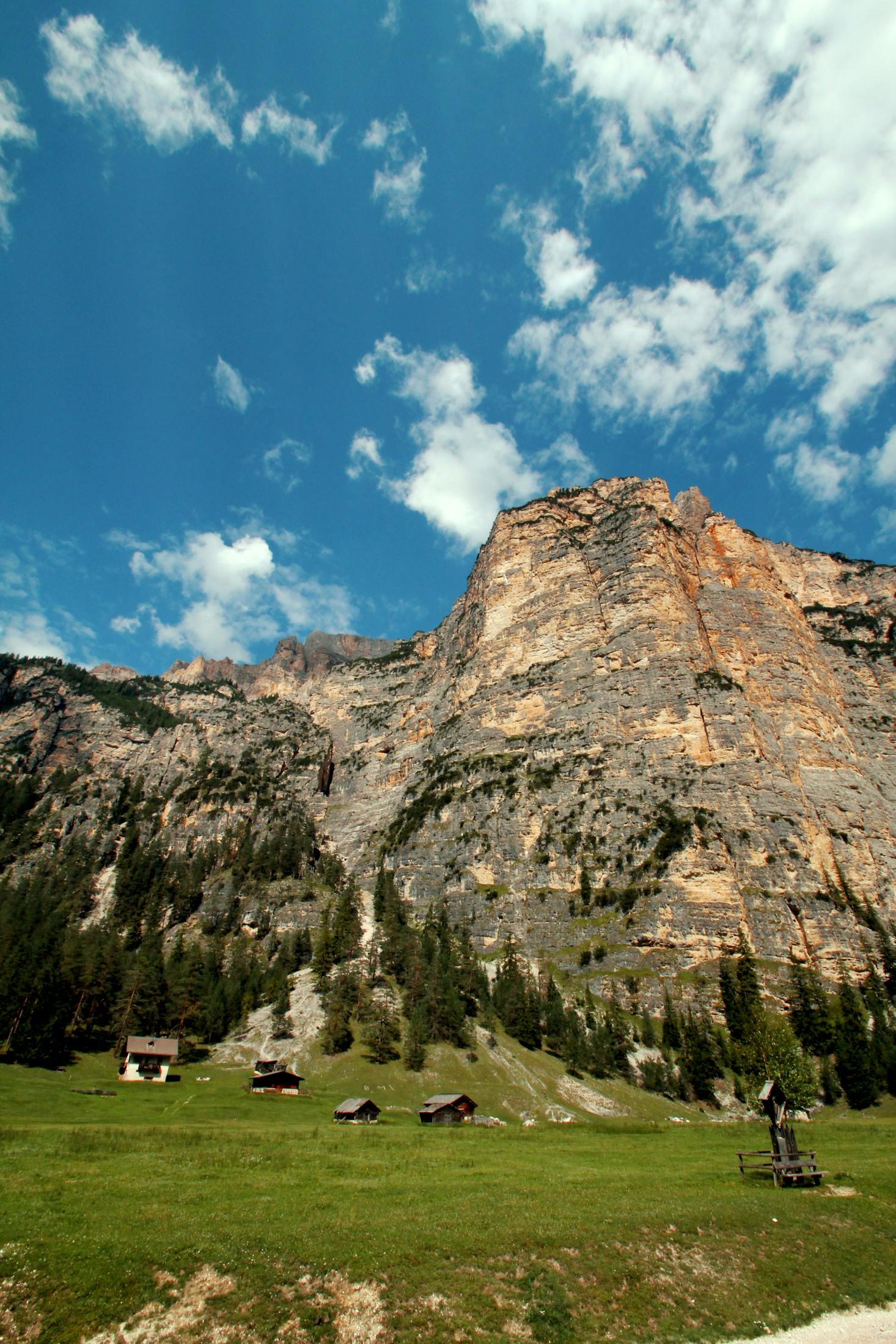
Villa Trabia
Situated just a short distance from the city center, the Villa Travia, also known as Casena dei Trabia alle Terre Rosse, is a historic green estate and one of the most visited parks in Palermo. Built by Prince Iganzio Lucchesi Palli during the 18th century, the villa is one of the best existing examples of the luxurious lifestyle of the people of Palermo. Once functioning as a country mansion, the villa currently houses a public library, a video library and an administrative branch of the municipality of Palermo.
The 17th-century park, which has two sections linked together by a Baroque-style bridge, is set up similarly to a botanical garden and is home to rich vegetation and exotic and rare plant and flower species, such as locust trees, palm trees, oaks, oleanders, conifers, and ficus magnolioides. Moreover, the area is adorned with walking paths, benches, picnic tables, fountains, and statues. It also serves as a venue for outdoor festivals and other cultural events during the summer.
Parco d'Orleans (Orleans Park)
The Parco d’Orleans is a lovely green space in the heart of the city and is undoubtedly one of the must-see parks in Palermo. Established as a nature reserve during the 19th century, the park was named after the Duke of Orleans, who came to the city and fell in love with its beauty during his visit. Italy’s sole ornithological park is home to numerous exotic species of birds, including rare parrots, flamingos, pelicans, storks and Egyptian vultures. The park also boasts towering decorative trees, stunning flowers and well-manicured lawns.
Apart from the variety of flora and fauna found in the area, Parco d’Orleans also has other features, such as a walking area, picnic tables, and sports facilities for games like soccer or basketball. With its amenities and tranquil atmosphere, it’s no wonder this park is one of the most popular relaxation spots in the city for locals and tourists alike.
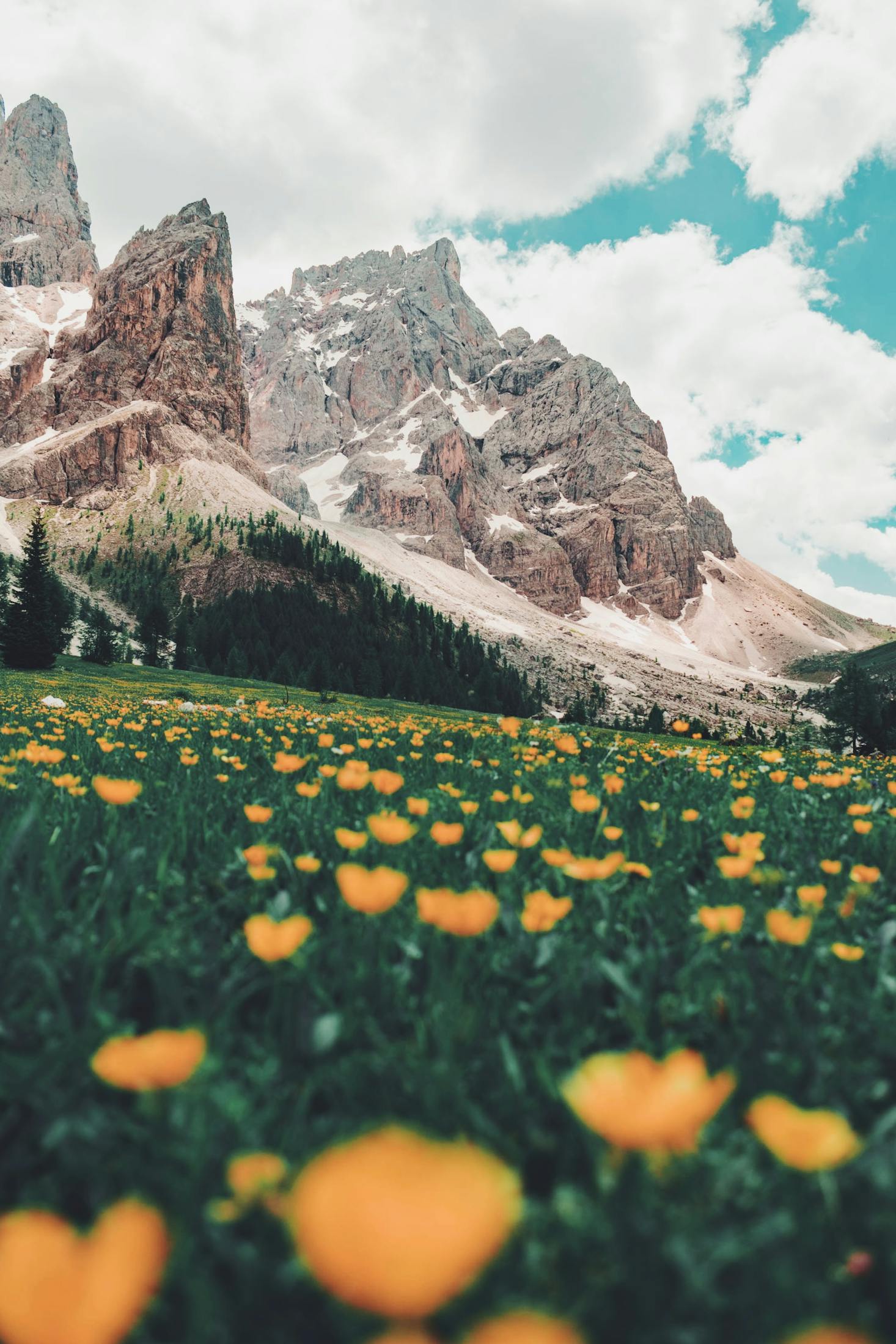
Bask in the beauty of nature at Palermo’s parks and green spaces
After checking out the wonderful historic buildings and dining in Palermo’s best restaurants, you will likely appreciate the beauty and tranquility of the city’s top parks and gardens. Palermo’s parks each have their own unique features that can be enjoyed by visitors of all ages — from exotic plants and interesting statues to picnic areas and cycling trails.
If you want to fill up your Palermo itinerary with more fun and exciting activities, check out our guides on Beaches near Palermo and Best Hikes in Palermo to find something that suits your interests.

Love discounts and traveling?
Sign up for our newsletter and get 10% off your next booking.
